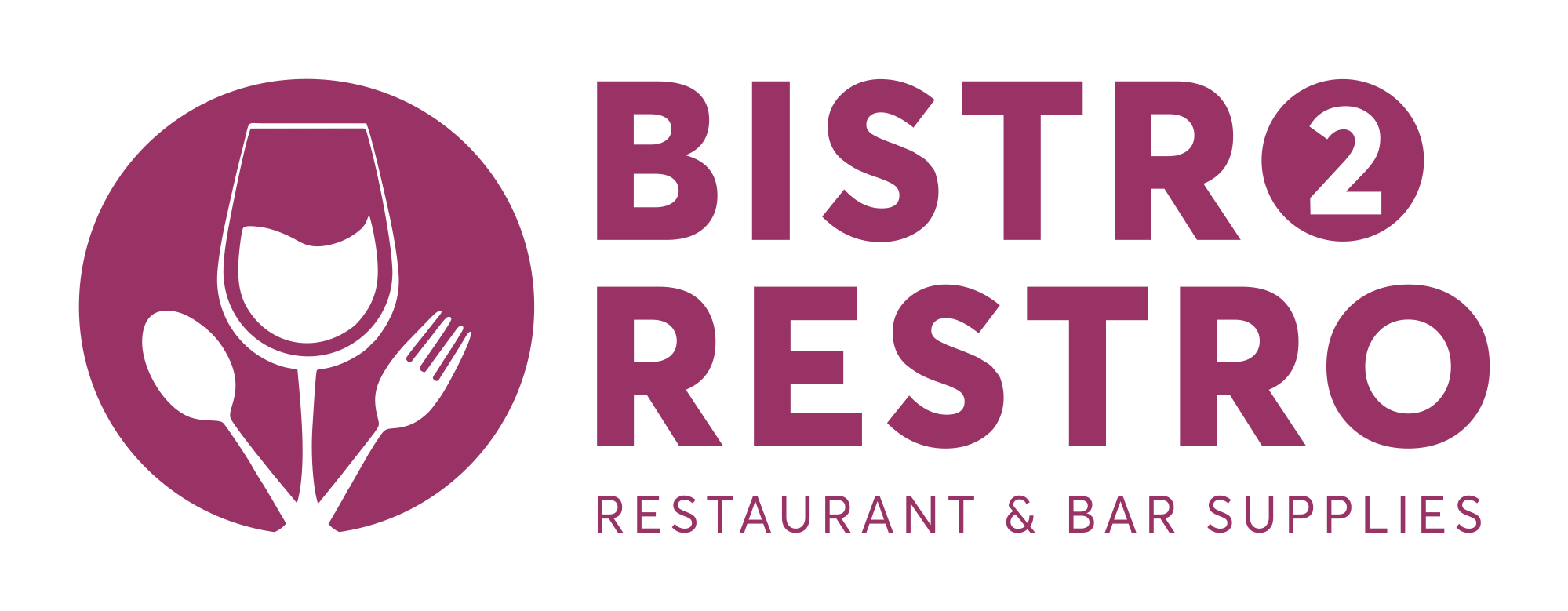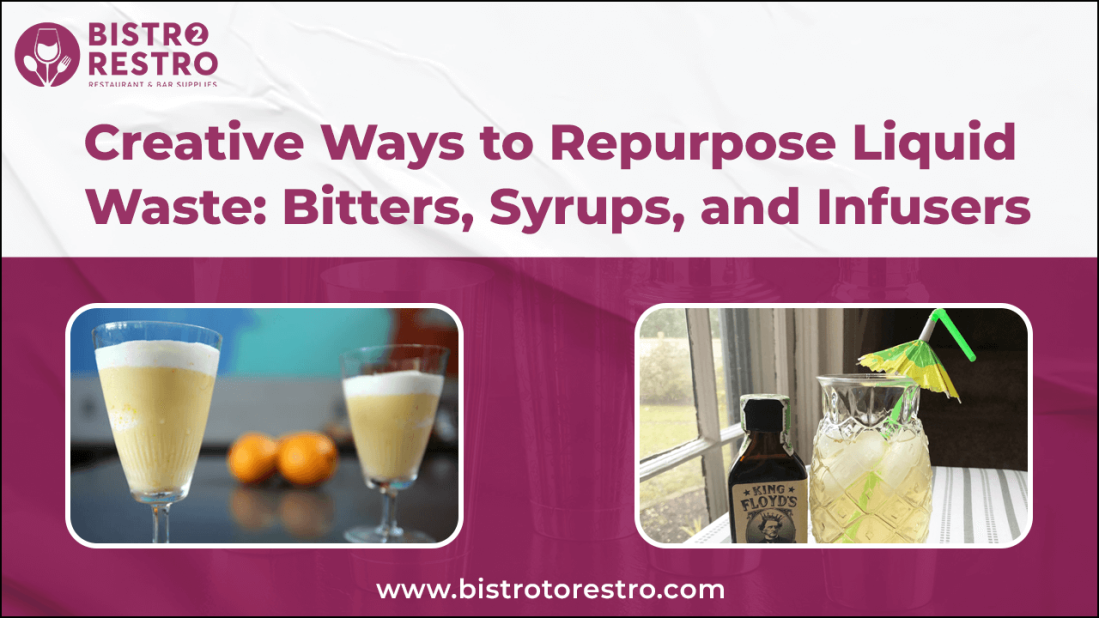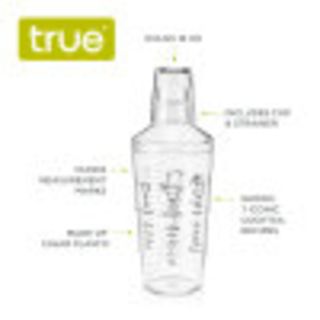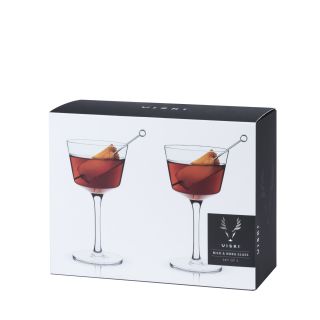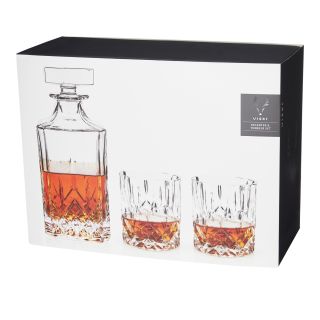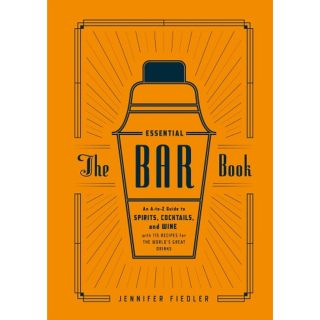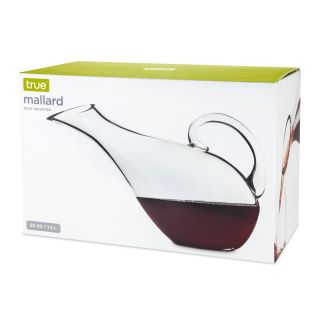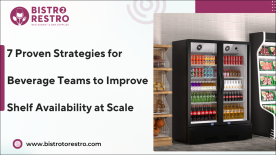In the competitive world of bars and restaurants, creativity sets businesses apart. With growing demand for sustainability, repurposing liquid waste is an effective strategy to minimize waste and enhance offerings. Leftover ingredients like citrus peels, fruit rinds, and syrup remnants can be transformed into bitters, syrups, and infusers, adding unique flavors while reducing waste. This approach not only cuts costs but also contributes to eco-friendly practices. By reimagining liquid waste, bars and restaurants can create innovative drinks, from wine to cocktails, that appeal to environmentally conscious customers, all while staying ahead of industry trends. Explore these creative techniques to elevate your menu and boost sustainability.
Understanding Liquid Waste in Bars and Why It Matters
Bars generate a significant amount of liquid waste daily, which, if not repurposed, often ends up being discarded. Some common sources of liquid waste in bars include:
Juice Leftovers: When preparing fresh juice for cocktails, bartenders may end up with leftover pulp or excess juice, which typically gets thrown away.
Herb and Spice Infusions: Ingredients used for infusing spirits or syrups, like mint, thyme, or cinnamon, often leave behind excess liquid that could be utilized for future cocktails.
Cocktail Mixers: Over-poured cocktail mixers or ingredients that are left unused after service are common sources of liquid waste.
Brewed Ingredients: Some bars may offer brewed drinks such as coffee or tea. The leftover liquids after making these drinks can be repurposed into flavorful infusions or syrups.
Juicing and Blending Waste: Fresh juices for smoothies or fruit-based drinks often generate a lot of liquid waste, which could be transformed into a useful ingredient.
Repurposing liquid waste reduces waste and creates new ingredients for cocktails. It allows bartenders to experiment with flavors and save costs.
Check outthis comprehensive guide on running a successful bar for practical strategies, boosting efficiency, and profits.
Creating Syrups from Leftover Juices and Liquid Waste
Syrups are versatile ingredients that can add sweetness and flavor to both beverages and food dishes. Creating syrups from liquid waste is a great way to make use of excess fruits, vegetable juices, or even spent coffee grounds.
How to Make Syrups from Liquid Waste:
Ingredients:
Fresh fruit juice pulp or vegetable juice pulp
Leftover citrus juice or rinds
Water
Sugar or other sweeteners (such as honey, maple syrup, or agave)
Instructions:
Take the leftover fruit pulp or vegetable juice and strain it to remove any excess pulp, leaving behind the flavored liquid.
Combine the strained liquid with an equal amount of sugar or other sweetener. Heat the mixture on low heat until the sugar is fully dissolved, stirring occasionally.
Add spices or herbs (cinnamon, ginger, rosemary, etc.) to enhance the flavor of the syrup.
Simmer the mixture for about 10-15 minutes until it thickens to your desired consistency.
Strain out any solids, then bottle the syrup and store it in the fridge.
Benefits of Using Syrups Made from Liquid Waste:
Unique Flavors: Repurposing liquids into syrups allows you to create interesting flavors like rosemary-infused syrups, spiced apple syrups, or even citrusy herbal syrups.
Long Shelf Life: Syrups typically have a longer shelf life than fresh juices, making them easier to store and use.
Cost-Effective: Using leftover juice and liquid waste helps minimize waste and create a new product at a lower cost.
Repurpose Bitters from Liquid Waste
Bitters are concentrated flavorings typically used in cocktails to enhance and balance the drink’s flavors. They’re often made with herbs, spices, roots, and citrus peels, but you can make bitters using liquid waste from your kitchen or bar.
How to Make Bitters from Liquid Waste:
Ingredients:
Leftover citrus peels (lemons, oranges, grapefruits)
Coffee grounds
Herb scraps (mint, thyme, rosemary)
Spices (cinnamon, cloves, star anise)
Alcohol (high-proof vodka, rum, or bourbon)
Sweetener (optional, such as simple syrup or agave)
Instructions:
Collect the liquid waste (citrus peels, coffee grounds, herb scraps, etc.).
Infuse the ingredients into alcohol. Use a large glass jar and combine the waste ingredients with your choice of alcohol. Allow the mixture to sit for 1-2 weeks, shaking it occasionally to help the flavors meld.
Strain out the solids and transfer the liquid into a dropper bottle or small jar.
Add a sweetener, if desired, to balance the bitterness.
Store the bitters in a cool, dark place and use sparingly to enhance cocktails.
Benefits of Using Bitters Made from Liquid Waste:
Personalized Flavors: You can tailor the bitters to suit specific cocktails or flavor profiles.
Environmentally Friendly: Rather than throwing out these excess liquids, you are giving them a second life in a sophisticated form.
Small-Batch Appeal: Homemade bitters have an artisan appeal that many bars and restaurants find valuable, especially for creating signature drinks.
Check out this article on essential liquors and mixers to stock at your bar for crafting quality spirits.
Transforming Infusions with Liquid Waste for Unique Drinks
Infusers are liquids that have been flavored by soaking ingredients such as herbs, fruits, or spices in alcohol, water, or vinegar. Infusers made from liquid waste can be used as flavoring agents in cocktails, dishes, and even homemade beauty products.
How to Make Infusers from Liquid Waste:
Ingredients:
Leftover citrus peels
Spent coffee grounds
Herb scrapsAlcohol (vodka, rum, gin, etc.)
Sweetener or spices (optional)
Instructions:
Collect the liquid waste ingredients (citrus peels, spent coffee grounds, herbs, etc.).
Place the ingredients in a jar or bottle and cover them with your chosen alcohol or liquid base (such as water or vinegar).
Seal the container and store it in a cool, dark place for 1-2 weeks.
Shake the mixture occasionally to help the flavors infuse.
Strain the liquid and bottle it. Your infuser is now ready to use in cocktails, mocktails, or culinary dishes.
Benefits of Infusions Made from Liquid Waste:
Customizable Flavors: Infusing with liquid waste gives you an opportunity to play around with different flavor combinations and create signature blends.
Alcoholic and Non-Alcoholic: Infusions can be made with both alcohol-based and non-alcoholic bases, catering to different preferences and dietary restrictions.
Sustainable: Using liquid waste in infusions is a fantastic way to reduce waste while crafting innovative drinks.
Creative Uses in the Kitchen Beyond Drinks
Beyond the bar, repurposed liquid waste can add flavor and depth to various dishes in the kitchen. Here are a few ways to repurpose liquid waste for cooking:
Ideas for Kitchen Uses:
Sauces & Glazes: Use leftover juices or infusions to create sauces for meats, vegetables, or desserts. A citrus syrup, for example, could make a delightful glaze for roasted chicken.
Soups and Broths: Liquid waste like vegetable remnants, coffee grounds, and herb infusions can be used as bases for soups or broths, infusing the dish with complex flavors.
Baking: Some liquid waste, such as fruit juices, can be used in baking as a substitute for liquids in cakes or muffins, imparting a natural sweetness and moisture.
Marinades: Use leftover wine, fruit juices, or herb-infused water as a base for meat or vegetable marinades. These liquids tenderize proteins and add depth of flavor.
Rice, Grains & Pasta: Cook rice, quinoa, couscous, or pasta in flavored liquid waste like herb tea, vegetable water, or leftover broth to infuse extra flavor into otherwise neutral dishes.
Ice Cubes: Freeze concentrated vegetable water, coffee, or citrus syrup in ice cube trays. Drop them into sauces, stews, or drinks when you need a quick flavor boost.
Salads: Mix tart liquid leftovers like vinegar infusions or pickle brines with oil, mustard, or honey to create vibrant, tangy salad dressings.
Steaming Liquids: Steam vegetables or fish over flavorful liquid waste like citrus water, tea, or leftover wine to impart a subtle aromatic note.
Dessert Syrup Toppings: Drizzle fruit-infused syrups or bittersweet reductions over pancakes, waffles, or ice cream for a gourmet finishing touch.
Sustainable Practices in the Bar: Tips for Minimizing Liquid Waste
Minimizing liquid waste behind the bar is not only environmentally responsible, it also boosts efficiency and lowers costs. Adopting sustainable practices can lead to a more thoughtful and resourceful bar operation. Key tips include:
Use jiggers or portion-controlled spouts to ensure accurate pours and minimize over-serving.
Repurpose leftover ingredients like citrus peels, herb stems, and juice remnants into bitters, syrups, shrubs, or infusions.
Batch cocktails in advance to reduce mess, increase consistency, and cut down on single-serve prep waste.
Practice smart inventory management by rotating stock, tracking expiry dates, and designing drinks that use surplus ingredients.Offer smaller drink sizes or half-pours to cater to lighter drinkers and reduce unfinished beverages.
Train staff in zero-waste bartending, emphasizing habits like reusing rinse water and separating compostables from recyclables.
Install low-flow rinse stations for cleaning bar tools to reduce unnecessary water waste.
Use reusable containers and bottle dispensers to eliminate single-use plastics and minimize drips and spills.
Collect excess meltwater from ice bins and reuse it for cleaning or pre-chilling glassware.
Create “closed-loop” cocktails where every element, peel, pulp, and liquid is utilized in the final drink.
With these strategies, bars can dramatically reduce their environmental footprint and inspire a culture of mindful hospitality.
Also, check out this article on beverages transforming our lifestyles for more insights on how beverages are shaping sustainability.
In conclusion, repurposing liquid waste into creative ingredients like syrups, bitters, and infusers offers commercial bars and restaurants an excellent opportunity to reduce waste, save costs, and enhance their beverage offerings. By transforming everyday leftovers such as citrus peels and fruit pulp into flavorful, sustainable products, businesses not only contribute to environmental efforts but also create unique drinks that stand out in a competitive market. This practice helps to build a brand that is eco-conscious and innovative, appealing to customers who value sustainability.
Want to transform leftover ingredients into signature drinks? BistroToRestro offers essential accessories to help you repurpose liquid waste into unique bitters, syrups, and infusers. All from trusted brands like Collins and Distributed, designed to elevate your sustainability efforts and creativity behind the bar.
FAQs
How long does it take to infuse flavors into liquid waste?
Infusing liquid waste typically takes 1-2 weeks, depending on the ingredients and desired flavor intensity. Be sure to shake the jar occasionally to enhance the infusion process.
Can repurposing liquid waste save money in the kitchen or bar?
Yes, using liquid waste reduces the need to purchase expensive flavoring agents, syrups, and bitters, lowering overall production costs and increasing profit margins.
Is it safe to use liquid waste for making bitters, syrups, or infusers?
As long as the liquid waste is properly handled, stored, and infused with clean ingredients, it is safe to repurpose for these uses. Always ensure the mixture is strained properly before consumption.
How do I store repurposed liquid waste products like syrups and infusers?
Store syrups and infusers in airtight glass bottles or jars in a cool, dark place, and refrigerate them for longer shelf life.
